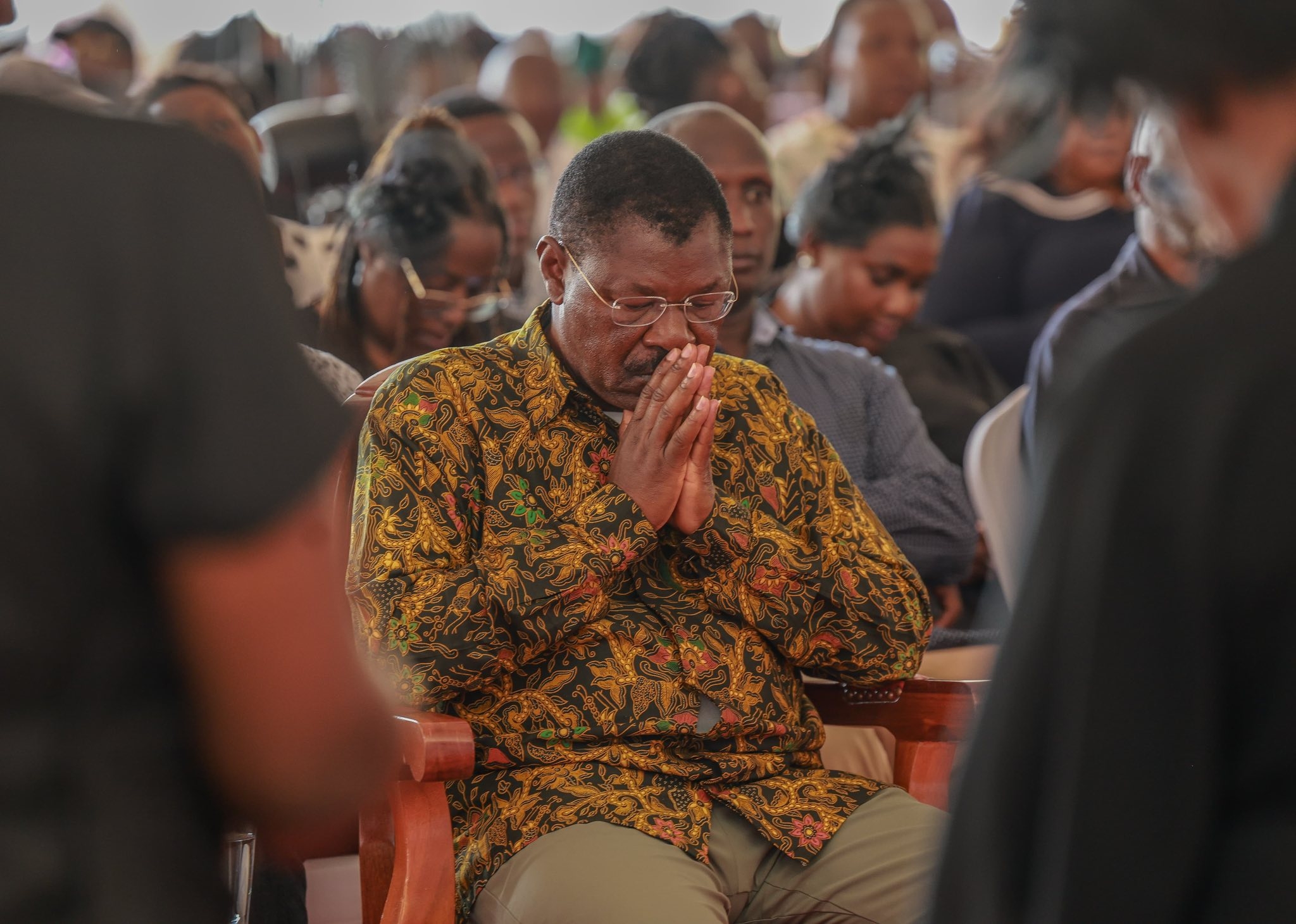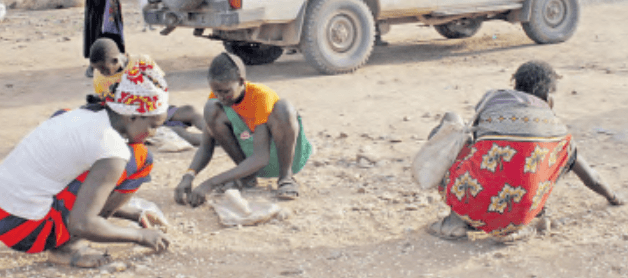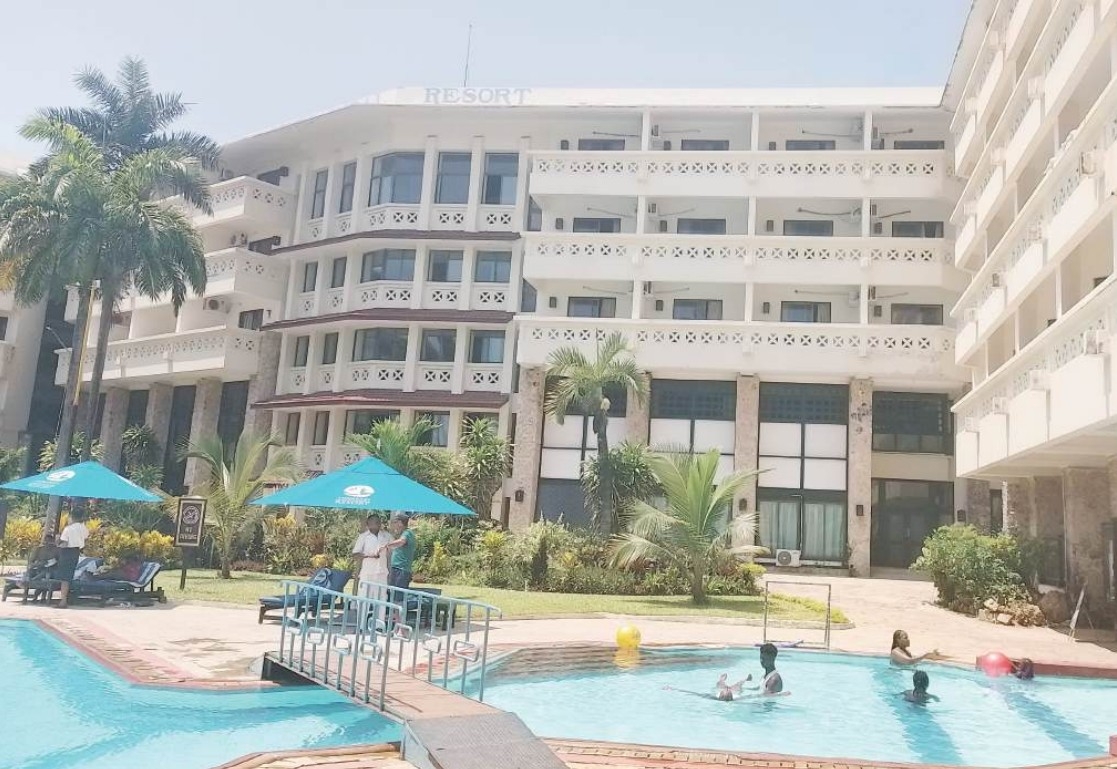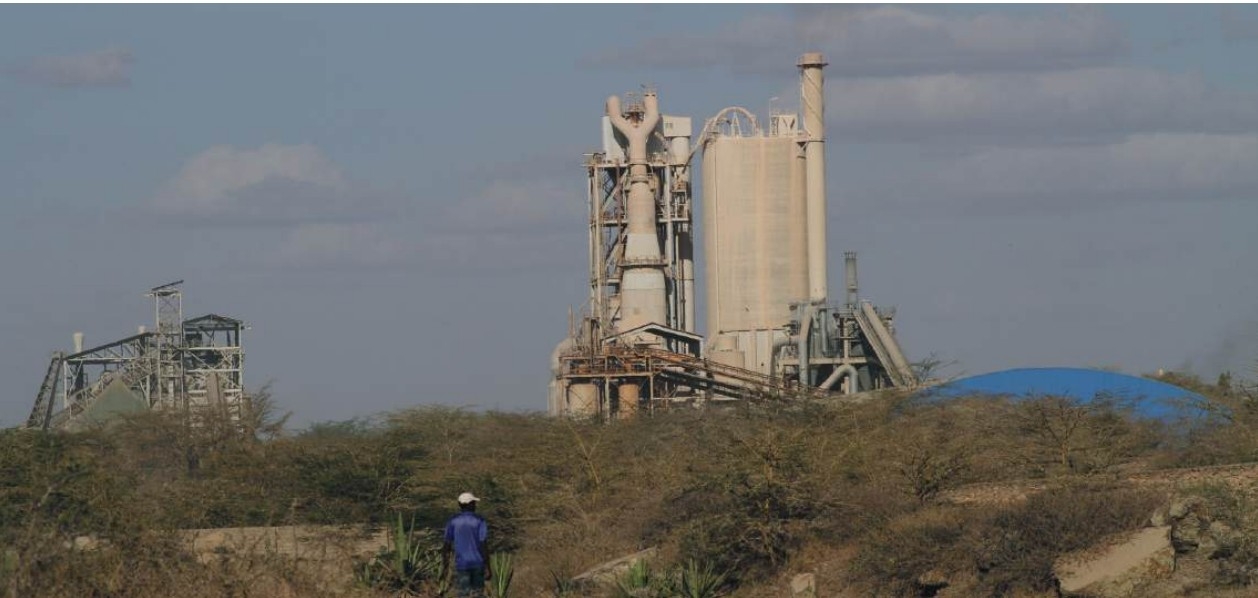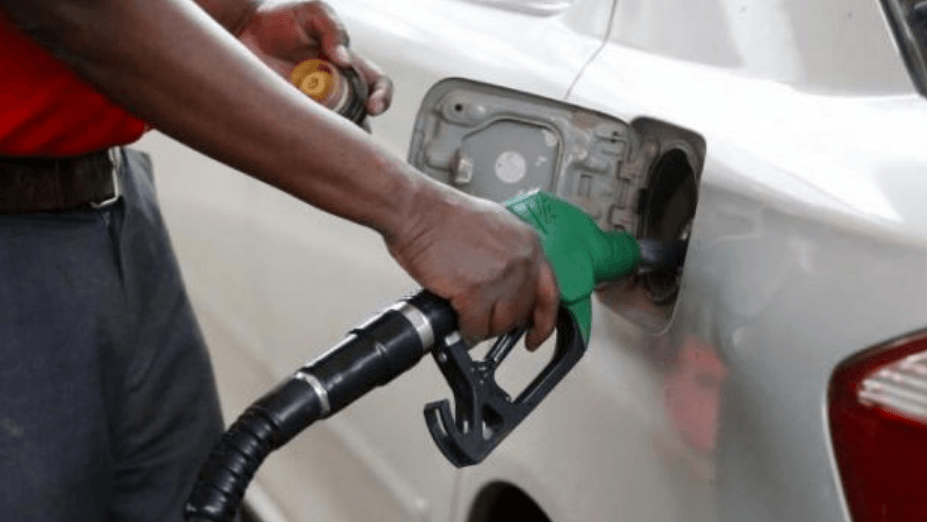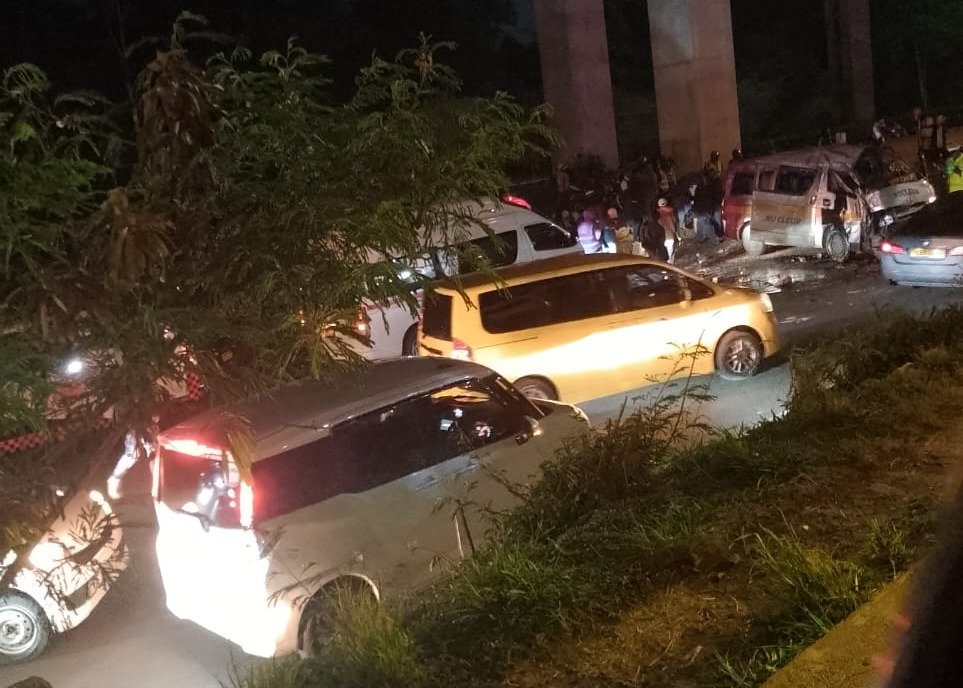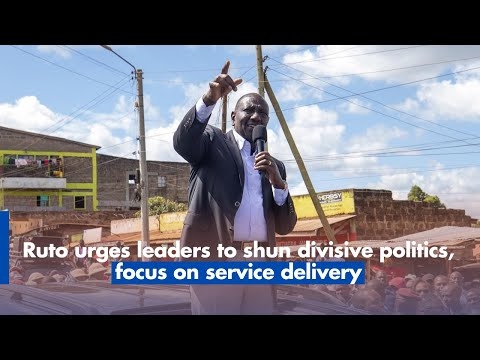Despite Nairobi residents' annual hopes for an upgraded drainage system before the rainy season, their expectations are consistently let down.
This recurring issue turns the capital's streets into an obstacle course, compelling residents to navigate flooded roads by wading, slogging, hopping, skipping, and even using makeshift trolley pullers during the rainy season.
The insufficiency of the drainage system becomes evident as the rains expose its outdated and dysfunctional state.
However, Nairobi Governor Johnson Sakaja has revealed why dealing with floods in the city is an uphill task.
Speaking to the Star, Sakaja said the city's drainage system has a fixed capacity.
He explained that despite having the Green Army clear most of the clogged drainages across the city, it was still not enough.
"We have already cleared most drainages which were done by the green army but when you pour excess water, it will flood but it will settle," Sakaja said.
"However, to solve the flooding situation, we need to invest heavily in the expansion of drainage,"
Green Army is a group of youths contracted by the county to keep the city clean by sweeping, unclogging drainages and collecting garbage.
In 2023, City Hall employed 2,500 Green Army members. Currently, every subcounty has over 100 Green Army workers.
The county boss highlighted that with a colossal amount required, it remains a dilemma on what actions to take on Nairobi's drainage system.
"Now you prioritise that expansion for an occurrence which happens once or twice a year costing billions or do you put medicine in hospitals?" Sakaja posed.
"Do you have a permanent solution to a temporary problem? Do we have the resources?"
Sakaja also noted that illegal structures were built and ended up blocking drainage leading to flooding.
"We have had to deal with a lot of illegal structures blocking drainages. Some developers go beyond that which was approved and end up blocking the drainages," he said.
The county boss insisted that all illegal structures put up along drainages are going to be demolished as his administration can't risk the lives of thousands of Nairobians at the expense of protecting one person's business.
To ease the situation, the governor revealed that he has had engagements with the Kenya National Highway Authority, where they looked into the expansion of big canals that go out to the Ngong River.
Also part of the discussion was to look at the extreme areas that are affected by floods.
However, Governor Sakaja noted that if his administration was to balance spending priority, apart from the normal mitigation, there are other projects whose needs are to be prioritised.
"So the cleaning and unclogging keeps going on but when there is a sudden heavy amount of downpour, it will flood but settle. But huge investments are needed in the actual expansion if we're to sort out the drainages," Sakaja added.
In his election manifesto, former Governor Mike Sonko had promised to provide draining unclogging jobs to unemployed youths within 100 days
In the same month, City Hall and the Directorate of Urban and Nairobi Metropolitan Development announced they would spend Sh194 million to address the flooding problem.
Out of funds, Sh32 million was to improve the drainage system in the county and put up measures to mitigate the effects of the heavy rains.
City Hall also announced that together with the national government it would construct major outfalls and rehabilitate drainage systems across the city.
Areas identified for rehabilitation were Catherine Ndereba Road, Lang’ata South Road, Kayole Spine Road, Popo Road, Mai Mahiu Road, Kawangware box culverts along Macharia Road, Kawangware 46-Muslim Primary School Road and Jonathan Ng’eno Road drainages.
A month later on April 11, 2018, Sh25 million was spent on a flusher machine to unblock drains.
It was part of programmes funded by the World Bank under the Nairobi Metropolitan Services Improvement Project.
The project started in December 2012 and was expected to be completed by the end of May 2019.
The whole project cost about Sh500 million and Nairobi was allocated 75 per cent of the total.
As a short-term measure, the county set aside an emergency fund, which would take the bulk of the Sh194 million, to deal with emerging issues arising from the heavy rain.
In 2019-20, Sh371 million had been set aside for Disaster Management but still, disasters hit the county whenever it rained.
According to the Controller of Budget's County Governments Budget Implementation Review report for the first quarter of the financial year 2020-21, the county government spent nothing on development between July and September
According to the report, no single shilling was spent on recurrent expenditure by the Emergency Fund which had an allocation of Sh100 million
City Hall planners say the physical planning of the city dates back to post-independence when designs were based on population and growth was not seriously factored in.
To upgrade and realign the drainage systems, some buildings have to be brought down, planners have said.


